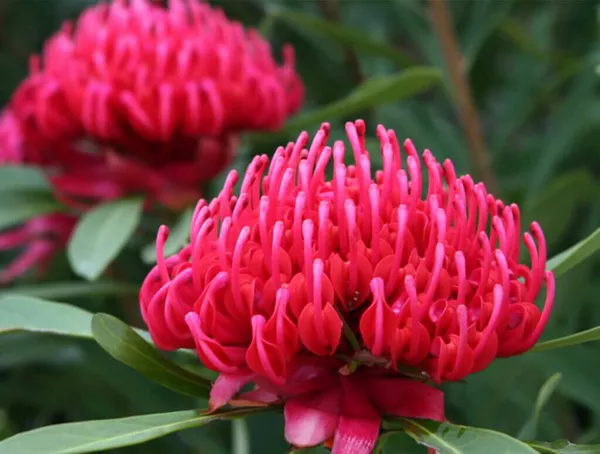Strawberries are sweet, juicy berries that delight consumers around the world. However, these delicious fruits are not immune to the threat of pests. From insects to diseases, strawberries face a range of challenges in their cultivation. In this article, we will explore some of the most common pests that attack strawberries and discuss effective methods for managing and preventing infestations.
1. Aphids: Tiny Menace of Strawberry Plants
Aphids are small, soft-bodied insects that feed on the sap of strawberry plants. They reproduce rapidly and can quickly infest an entire crop. Signs of aphid infestation include distorted or curled leaves, stunted growth, and the presence of sticky residue (known as honeydew) on the leaves. To control aphids, farmers can introduce natural predators like ladybugs, use insecticidal soaps, or employ neem oil sprays.
2. Spider Mites: Invisible Saboteurs
Spider mites are tiny pests that are difficult to see with the naked eye. They feed on the undersides of strawberry leaves, causing yellowing, stippling, and eventual leaf drop. These arachnids thrive in dry conditions and can multiply rapidly if left unchecked. Regularly spraying plants with water to increase humidity, applying narrow-range oil sprays, or using predatory mites can help control spider mite populations effectively.
3. Slugs and Snails: Stealthy Nighttime Invaders
Slugs and snails are common pests that attack strawberries, especially during damp and rainy periods. They chew irregular holes in leaves and fruits, leaving behind slimy trails. Handpicking these pests in the early morning or evening hours can be effective. Additionally, creating physical barriers, such as copper tape or diatomaceous earth, around the plants can discourage slugs and snails from reaching the strawberries.
4. Strawberry Bud Weevils: A Threat to Blossoms
Strawberry bud weevils are dark-colored beetles that target strawberry blossoms. The adult weevils lay eggs in developing buds, causing them to wither and drop prematurely. Monitoring plants for early signs of damage and removing infested buds can help control these pests. In severe cases, insecticides approved for use on strawberries may be required.
5. Tarnished Plant Bugs: Damaging Fruit Feeders
Tarnished plant bugs are small, brown bugs that feed on developing strawberries. They puncture the fruits, resulting in depressions or dimples known as “cat-facing.” Regular scouting and prompt removal of infested fruits can minimize the impact of tarnished plant bugs. Insecticidal treatments may be necessary if populations become excessive.
6. Verticillium Wilt: A Soilborne Fungal Menace
Verticillium wilt is a fungal disease that affects strawberry plants, primarily through contaminated soil or infected transplants. Common symptoms include yellowing leaves, wilting, and stunted growth. Crop rotation and careful selection of disease-resistant varieties are crucial for managing verticillium wilt. Additionally, ensuring proper drainage and practicing good sanitation can help prevent its spread.
7. Botrytis Fruit Rot: The Gray Mold
Botrytis fruit rot, also known as gray mold, is a common fungal disease that affects strawberries, especially during periods of high humidity. It causes a fuzzy gray mold to develop on ripe or overripe berries. To manage botrytis fruit rot, it is essential to maintain good airflow around plants, remove infected berries promptly, and apply fungicides when necessary.
Conclusion
Protecting strawberry crops from pests is vital for maintaining healthy, productive plants and ensuring a bountiful harvest. By familiarizing themselves with common pests such as aphids, spider mites, slugs, bud weevils, tarnished plant bugs, and diseases like verticillium wilt and botrytis fruit rot, growers can employ targeted strategies to prevent infestations and effectively manage outbreaks. Implementing integrated pest management practices, including cultural techniques, biological controls, and judicious use of pesticides, can help safeguard strawberry plants and preserve the quality and quantity of this beloved fruit.


